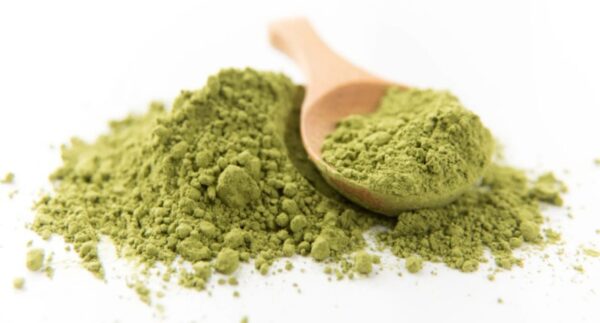Oiling your hair is a profoundly beneficial practice that can work wonders for its health and appearance.
Beyond its traditional role in nourishing hair strands and the scalp,
oiling offers a multitude of advantages. Regular
oiling helps to moisturize and condition the hair, keeping it soft, shiny, and manageable.
It also strengthens the hair shaft, reducing breakage and split ends, thereby promoting overall
hair growth and thickness.
Additionally, oiling stimulates blood circulation in the scalp, which can aid in hair follicle health and encourage new hair growth.
Furthermore, certain oils contain vitamins, antioxidants, and fatty acids that provide deep nourishment to the hair, addressing issues such as dryness, frizz, and damage.
Overall, incorporating
oiling into your hair care routine can be a transformative practice, enhancing the vitality and beauty of your hair.
Here’s a step-by-step guide to
oiling your hair for nourishment and shine:
Choose the right oil: Select an oil that suits your hair type and needs. Common choices include coconut oil, olive oil, argan oil, jojoba oil, almond oil, and castor oil. Each oil offers unique benefits, so choose based on your hair’s specific requirements, such as hydration, strengthening, or growth stimulation.
Preparation: Before oiling, detangle your hair gently with a wide-tooth comb or your fingers to remove any knots or tangles. This ensures even distribution of the oil and prevents breakage during the application process.
Warm the oil: Place the desired amount of oil in a bowl and warm it slightly. You can do this by immersing the bowl in warm water or microwaving it for a few seconds. Warm oil penetrates the hair shaft more effectively, maximizing its benefits.
Partition your hair: Divide your hair into sections to ensure thorough application. Clip or tie away the sections you’re not working on to keep them out of the way.
Apply the oil: Start by taking a small amount of oil onto your fingertips or a cotton ball and apply it directly to your scalp. Use gentle, circular motions to massage the oil into your scalp. Continue massaging for 5-10 minutes to stimulate blood flow and promote
hair growth.
Work through the lengths: After applying oil to your scalp, distribute the remaining oil through the lengths of your hair. You can pour a small amount of oil onto your palms and run them through your hair from root to tip, focusing on dry or damaged areas. Use a comb or your fingers to ensure even distribution.
Cover your hair: Once you’ve applied the oil, cover your hair with a shower cap or a warm towel. This helps to trap heat, allowing the oil to penetrate the hair shaft more effectively. Leave the oil on for at least 30 minutes to overnight, depending on your preference and the condition of your hair.
Shampoo and rinse: After the desired time has passed, shampoo your hair as usual to remove the oil. You may need to shampoo twice to ensure all the oil is removed. Follow up with a conditioner if needed.
Air dry or style: Allow your hair to air dry naturally or style it as desired. You’ll notice your hair feels softer, smoother, and more manageable after
oiling.
Frequency: How often you oil your hair depends on your hair type, its condition, and your personal preference. Some people oil their hair once or twice a week, while others prefer a more frequent or less frequent schedule. Experiment to find what works best for you, keeping in mind that over-
oiling can lead to greasiness.











